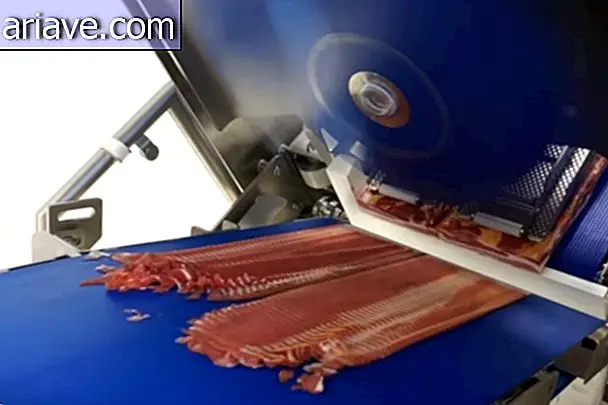Zeptosecond: Scientists measure the smallest time fragment ever recorded
Have you ever heard about the zeptosecond? It represents such a measure of time, but so tiny that, for our daily lives, it ends up being a little irrelevant. For all intents and purposes, a zeptosecond is one trillionth of a billionth of a second - or the equivalent of 10 -21 of a single second.
Because, according to Rebecca Boyle of New Scientist, a team of researchers at the Max Planck Institute in Germany was able to measure an atomic event using the zeptosecond as a reference. More precisely, scientists recorded how long it took an electron to leave a helium atom - exactly 850 zeptoseconds, if you were curious!
Very fast
According to Rebecca, this "measure" corresponds to the smallest time division ever recorded, and the researchers achieved this feat during an experiment called photoionization. In fact, the goal was to test an effect proposed by Albert Einstein known as the Photoelectric Effect - which earned the German genius the Nobel Prize in Physics - which occurs when light particles (the photons) reach the electrons orbiting an atom.

According to quantum mechanics, during the photoelectric effect, photon energy can be completely absorbed by a single electron or shared among several of them. However, until now it had not been possible to study this process in detail, and scientists had only been able to measure what happens to the electron after it has abandoned its atom.
What the researchers at the Max Planck Institute did was to accurately measure the tiny amount of time before electron ejection. To do this, scientists first used a super-short ultraviolet light pulse lasting between 100 and 200 attoseconds - which is 10-18 seconds - to excite the two electrons orbiting a helium atom.
Then the researchers hit the same atom with an infrared laser pulse for four femtoseconds (which is 10-15 seconds) and found that the electron took between 7 and 20 attoseconds to be “ejected” from its orbit - depending on its orbit. interaction with the nucleus of the atom and the other electron.

For this pulse allowed scientists to detect and measure electron ejection with an accuracy rate of 850 zeptoseconds. Now you may be wondering why this measurement is important, right?
The significance of the experiments is that they will allow researchers to observe the quantum behavior of atoms and electrons. And when the workings of these tiny portions of matter are understood, this knowledge will allow advances and technologies such as nuclear power, quantum computing, and superconductivity. It will say that the whole thing has not become more relevant now!











